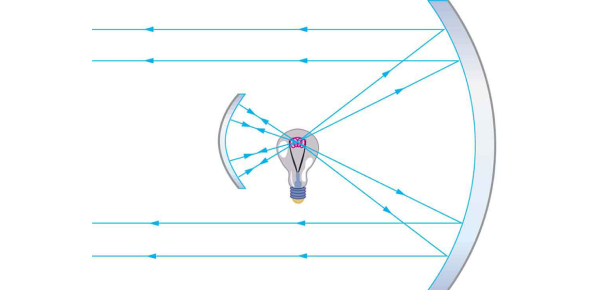Optics - Reflection In Curved Mirrors Quiz
(100).jpg)
Welcome to the "Reflection in Curved Mirrors Quiz," where you'll embark on a journey through the fascinating world of optics and mirrors! In this quiz, we'll explore the principles governing the reflection of light in curved mirrors, from concave to convex and everything in between. Test your understanding of focal points, image formation, magnification, and more as you delve into the intricate workings of curved mirrors. Challenge yourself with questions that cover the basics of mirror terminology, such as the difference between concave and convex mirrors, and advance to more complex topics like ray diagrams and mirror equations. Read moreSharpen your skills, gain insights into how curved mirrors shape our perception of the world, and uncover the secrets of image formation in this captivating quiz. Are you ready to bend your mind around the intricacies of reflection in curved mirrors? Take the quiz now and see how well you can navigate the reflective world of optics!
Reflection in Curved Mirrors Questions and Answers
- 1.
The middle of the "circle" created by a curved mirror is called its centre of ______________.
Explanation
The middle of the "circle" created by a curved mirror is called its center of curvature. The center of curvature is the point located at the center of the imaginary circle that the mirror's curvature would create if extended.Rate this question:
- 2.
Where all reflected rays intersect after "bouncing off" a curved mirror is called the _________ (F).
Explanation
The point where all reflected rays intersect after "bouncing off" a curved mirror is called the focus or focal point.Rate this question:
- 3.
This is the line drawn through the centre of the mirror( and meeting the mirror at 90 degrees perpendicular).
Explanation
The correct answer for this question is "Principal Axis". The principal axis is the line drawn through the center of the mirror and meets the mirror at a 90-degree angle, perpendicular to the mirror's surface. The term "principal axis" is also commonly abbreviated as "PA" or "pa".Rate this question:
- 4.
The ________ is the exact point where the principal axis meets the mirror.
Explanation
The vertex is the exact point where the principal axis meets the mirror. It is the point of intersection between the principal axis and the mirror surface.Rate this question:
- 5.
_______ mirrors are also known as converging mirrors as the light converges at the focus in front of the mirror and creates a real image.
Explanation
Concave mirrors are also known as converging mirrors because they have a curved surface that causes light rays to converge at a focal point in front of the mirror. This convergence of light rays allows a real image to be formed.Rate this question:
- 6.
__________ mirrors are also known as diverging mirrors as the focus is found behind the mirror (virtual image) and is found by tracing back the reflected rays in a straight line.
Explanation
Convex mirrors are known as diverging mirrors because the focus is found behind the mirror (virtual image) and is determined by tracing back the reflected rays in a straight line.Rate this question:
- 7.
The focal point for a concave mirror is to the _____.
Explanation
The focal point for a concave mirror is always located to the left of the mirror. This is because a concave mirror is curved inward, causing light rays that are parallel to the mirror's axis to converge at a point in front of the mirror. Therefore, the correct answer is "left".Rate this question:
- 8.
Ray diagrams are used to find the location of an image seen through a mirror.You need 2 rays to locate an image. The image is located where the rays _________.
Explanation
Ray diagrams are used to locate the image seen through a mirror by tracing two rays. These rays are drawn from the object and follow the reflection laws at the mirror's surface. The point where these two rays intersect is the location of the image. Therefore, the correct answer is "intersect."Rate this question:
- 9.
Searchlights, car headlights and flashlights all use concave mirrors to create _________ beams of light.
Explanation
Concave mirrors are used in searchlights, car headlights, and flashlights to create parallel beams of light. The reflective surface of a concave mirror curves inward, which causes the light rays to converge at a specific focal point. By placing the light source at the focal point, the reflected light rays will be parallel and create a concentrated and focused beam of light. This is why parallel is the correct answer.Rate this question:
- 10.
Telescopes and satellite dishes use concave mirrors to focus ________ __________ at the focal point. (We will discuss this more next Unit.)
Explanation
Telescopes and satellite dishes use concave mirrors to focus electromagnetic waves at the focal point. The correct answer is "electromagnetic waves" because this is the type of energy that is focused by concave mirrors. It is important to note that the answer is not case-sensitive, as both "electromagnetic waves" and "Electromagnetic Waves" are considered correct.Rate this question:
Quiz Review Timeline +
Our quizzes are rigorously reviewed, monitored and continuously updated by our expert board to maintain accuracy, relevance, and timeliness.
-
Current Version
-
May 08, 2024Quiz Edited by
ProProfs Editorial Team
Expert Reviewed by
Matt Balanda -
Apr 22, 2014Quiz Created by
Kevin L.
 Back to top
Back to top



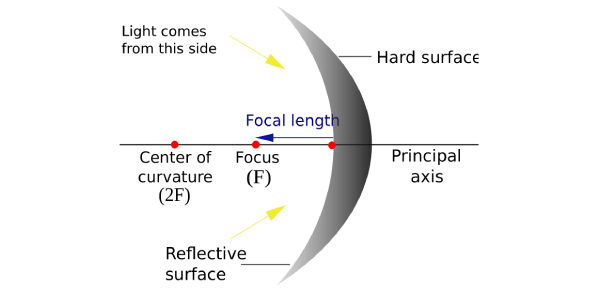
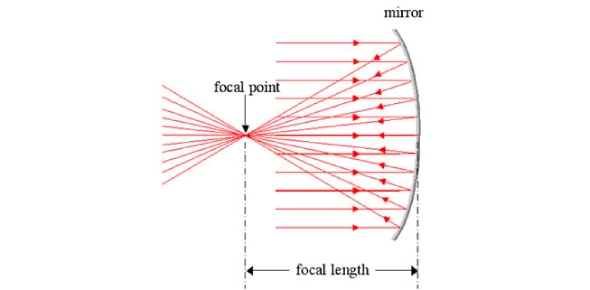
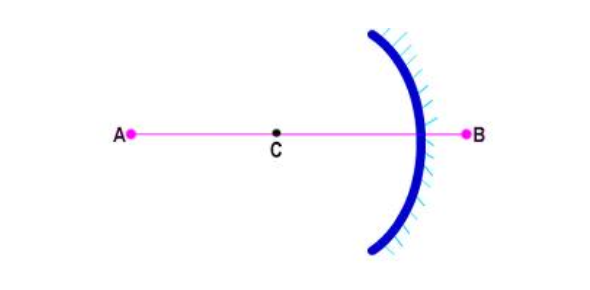
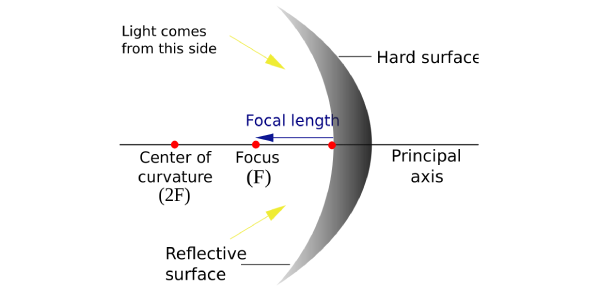
.webp)

